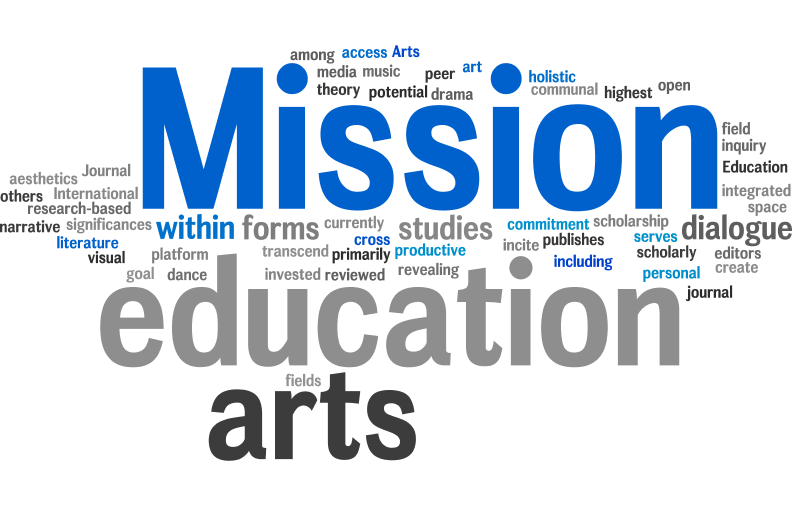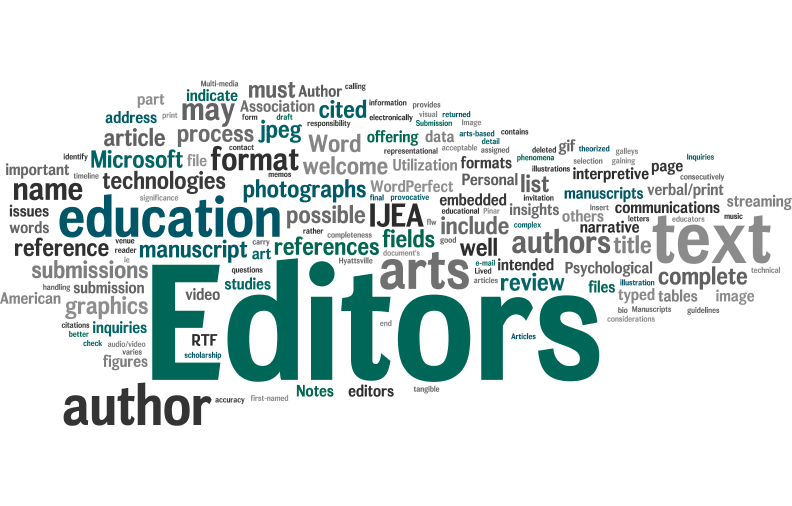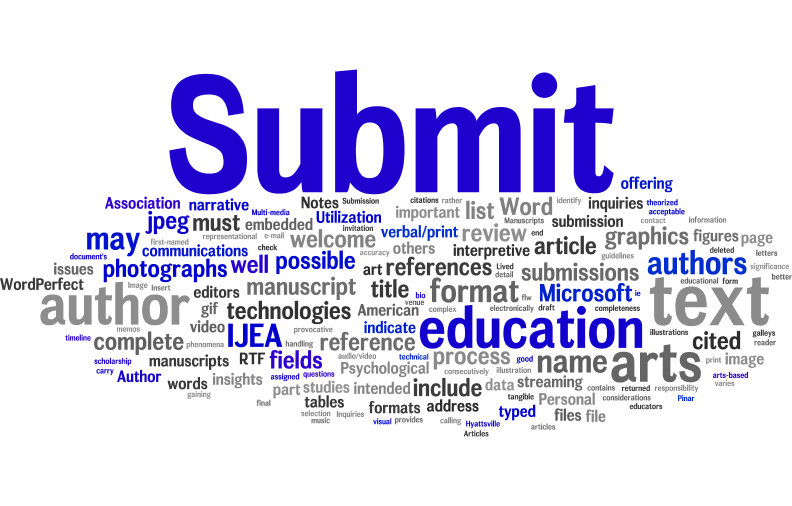2025 Volume 26
Articles and Abstracts
Articles and Abstracts
Volume 26 Number 1
Volume 26 Number 2
Volume 26 Number 3
Volume 26 Number 4
Volume 26 Number 5
Volume 26 Number 6
Volume 26 Number 7
Volume 26 Number 8
Volume 26 Number 9
Volume 26 Number 10
Volume 26 Number 11
Volume 26 Number 12
Volume 26 Number 13
Volume 26 Number 14
Volume 26 Number 15
Volume 26 Number 16
Volume 26 Number 17
Volume 25 - 2024
Volume 24 - 2023
Volume 23 - 2022
Volume 22 - 2021
Volume 21 - 2020
Volume 20 - 2019
Volume 19 - 2018
Volume 18 - 2017
Volume 17 - 2016
Volume 16 - 2015
All Volumes since 2000

The International Journal of Education & the Arts currently serves as an open access platform for scholarly dialogue. Our commitment is to the highest forms of scholarship invested in the significances of the arts in education and the education within the arts. Read more about our mission…

IJEA holds strong commitment to research in interdisciplinary arts education. Our editors are respected scholars from different arts fields working together to achieve our high standard. Read more about editors…

IJEA welcomes article submissions in traditional scholarship article format and encourages submissions utilizing new media format to take the advantage of the online journal publishing. Read more about IJEA submission guidelines…